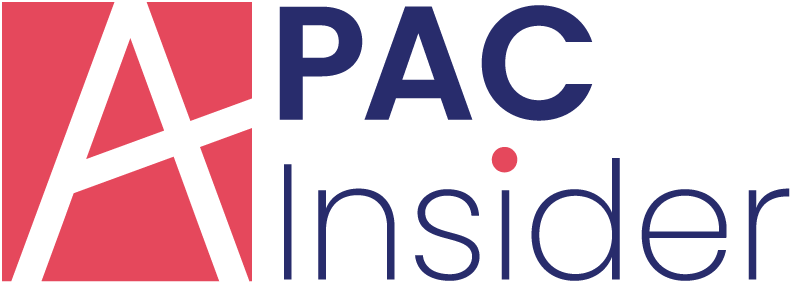
By David Mohyuddin QC, Radcliffe Chambers
Whilst support has been made available by the Government to assist employers, the pandemic has still seen huge numbers of job losses. The pain has been felt in all sectors. Retail, leisure and hospitality have all been hit very, very hard. Weakened demand in other sectors has accelerated their need to reconsider their staffing needs. From Topshop to Jaguar Land Rover to Pizza Express, employers have been losing employees in extraordinary numbers. And it’s not just high-profile, multi-site organisations that are suffering. Many smaller businesses are also facing financial uncertainty at best.
It is a sad fact that, sometimes, losing some staff has to form part of a company’s rescue plans. But there are restructuring approaches that will allow some employees to be retained. However, if directors know or should know that their company is insolvent or that it is probable that their company will become insolvent, they owe a duty to put creditors’ interests first. Whilst that does not necessarily prevent them from attempting rescue, it does require detailed consideration of the merits of any proposed action, looked at from creditors’ perspective. Saving jobs might not be in creditors’ interests.
So, what restructuring options are available for directors to consider in the hope of rescuing their companies’ businesses? There is a hierarchy of potentials that might be explored, ranging from informal arrangements with creditors to support cashflow to the entry into formal insolvency regimes, with all the attendant consequences.
In the first category, “live side” action might include:
- Restructuring borrowing. Directors could approach lenders, asking them to relax covenants. It might be worth looking at the market to see what other lenders might be offering better terms, although directors ought to be cautious about borrowing more money where there is a risk of the company being unable to repay existing facilities, let alone new ones. Directors who know or should know that repayment will never be made could find themselves facing personal liability.
- Increasing the amount of cash in the company (and thereby reducing borrowing) by reviewing payment terms – both for payments in and out. Do debtors pay late? Does the company pay early? Can extended payment terms be agreed with creditors? But exceeding agreed payment terms risks enforcement action by creditors starting court proceedings or – subject to the current restrictions – presenting a winding up petition.
- Agreeing time to pay agreements with the Revenue. This implies commercial insolvency, however, because the debt is due but cannot be paid on time.
- Seeking stakeholder support. Those who might be interested in the company’s survival are its trading partners (who themselves might well be under financial pressure) and its investors. In a smaller company, the directors themselves are likely to be the shareholders; they will need to decide whether they want to put more money into the business.
- Taking advantage of governmental support options, for as long as they remain available. The Government is asking for power (to last until April 2022) to make temporary amendments to modify the impact of corporate insolvency provisions. It is not clear what amendments might be made. There might be a further extension of the current relaxations and modifications but it would not be wise to assume that. Directors should consider now what financial state their companies will be in once governmental support ends – and how they might respond.
In the second tier in the hierarchy are more formal arrangements where the company remains under the directors’ control and which could provide much-needed breathing space or protection whilst a company’s fortunes improve. These might be:
- The well-known but sometimes controversial company voluntary arrangement (CVA). The company proposes a compromise with creditors (paying a certain percentage of debts due). If they approve the proposal, creditors are bound by the terms of the CVA and cannot take their own independent action against the company. CVAs can be quite sophisticated and usually last a number of months or years; the Company must comply throughout with the obligations imposed on it.
- A moratorium, as introduced by the Corporate Insolvency and Governance Act 2020. This is a breathing-space arrangement, which is supervised by a “monitor”. They must consider that it is possible to rescue the company and they must remain of that view for the moratorium to continue. It gives the company an initial 20 days’ protection; the period can be extended by up to one year. In this scenario, it has to be accepted that the company is or probably will become insolvent.
- A restructuring plan under Part 26A of the Companies Act 2006. This is a concept that was proposed by Government in 2018 and given effect by CIGA. It is a pre-requisite that the company is facing financial difficulty; the purpose of the plan must be the resolution of that difficulty. If certain conditions are met, the court has the power to sanction the plan despite the objection of a class of creditor (the so-called cross-class cram down). If there has been an earlier moratorium, some creditors might have an effective veto.
In the third tier are the formal insolvency regimes, administration and liquidation. In an administration, if there is a sale of the company’s business and assets then some jobs might well be saved; employees should automatically transfer to the purchaser. But if there is no sale or if the company goes into liquidation, then job losses are likely inevitable.
Finally, directors in these situations will benefit from specialist professional advice. Full and frank instructions should be given to the advisors. Directors ought to keep records of what the advisors are told, the advice received and the steps taken.





















